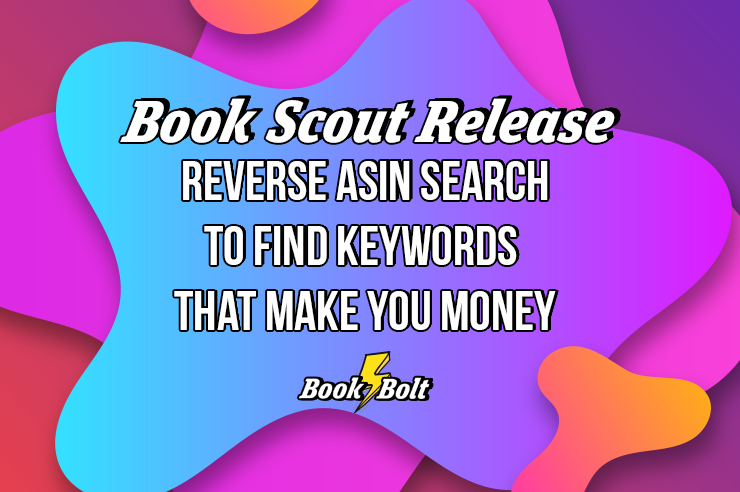
When doing your KDP research, you often run into books that have 10, 20, even 30+ reviews on them. These niches you run into look crowded, they sell well, but they are SO SIMPLE.
Each book you run into has lined interiors, a simple cover, and a mediocre title.
So you are left sitting there wondering….
How did this book start selling so well?
Sure, you could go into that niche and simply guess on the keywords to use, how to format your title, and create a better cover. But you would simply be guessing about how they got where they are.
Wouldn’t it be nice if you could simple grab your competitor’s keyword strategy and know EXACTLY what keywords to use in both your title, but ALSO your back end keywords on KDP?
It sure would!
Which is why we just launched the Book Scout module inside of Book Bolt. This reverse ASIN tool will allow you to take competitor’s products and grab the exact keywords they are ranking for along with AMAZON search volume.
We have been hard at work building this out and it will change the game with how you build out your KDP business. Why shoot in the dark when you can use your competitor’s keyword strategy that you KNOW leads to more sales?
Let’s go over how it works, and how we have been using it to land some first page rankings quicker than ever before.
Introducing The Book Scout
Let’s say that you have been doing your research and you have figured out that Password trackers are selling well.
You do a few searches inside of Book Bolt or the Amazon search bar and you come across this book:
It is labeled as a best seller, it has 714 product reviews, and it was published in 2017. Not only that, but after watching this book for a good week or two, you start to notice that the sales rank stays extremely low ALL THE TIME. This seller is making a lot of money off a very simple concept.
You dig inside and realize that you too can have something selling in this niche:
“Easy Interior!”, you think to yourself. In fact, Book Bolt offers a few FREE password tracking interiors with our interior wizard here: https://designer.bookbolt.io/interior-generator.php.
You know you have a unique cover that you can put up, but you feel lost.
That book has been around for so long, that you are not even sure how they got there or what keywords you should use when you are uploading your own book to KDP.
This is where the Book Scout comes in! This reverse ASIN tool that we just launched will allow you to discover which keywords your competitors are ranking for so that you can optimize your own listings and in the process catapult your sales to where you want them to be.
The Book Scout will not only tell you what keywords/phrases they are ranking for and what position the book is in, but it will also let you know the amount of items ON Amazon for each term and give you AMAZON search volume!
Book Scout Tutorial
Let’s use the above book as an example.
The first thing you will want to do is log into Book Bolt. If you do not have an account, you can grab a free 3 day trial here: https://bookbolt.io/pricing/.
Next, after you log in, in the left hand menu select the new Book Scout module.
This will open up the module which will allow you to do 25 of these reverse ASIN searches every single day.
Now that you have the Book Scout open, it is time to go grab the ASIN for the product you want to reverse search. Head over to Amazon, open up the book you want to search for, and scroll down to the product details section of the page. This will show you information on how many pages it is, who published it, the ISBN number, and the sales rank:
The ASIN on Amazon is actually the ISBN-10 number for books. Simply copy the ISBN-10 number and paste it into the Book Scout like this:
Click on the search button after you have pasted the ASIN in the box.
Now, be patient as this tool then goes out and collects a LOT of data! You will need to wait for it to complete and bring back the results. During this process, you will see something that looks like this:
The tool is gathering all the data including all of the keywords that this book is ranking for (no need to guess, the tool will do it for you!).
Once the results come back, the tool will keep going through all of the keywords that it has pulled back. Let it run through all of this by itself. This is figuring out the Amazon search volume for each and every keyword, figuring out the amount of total items on Amazon, and figuring out a rank!
In fact, it will bring back all of this information for you:
Once the results come back, you will see the book information displayed at the top:
Right below that all of the good information that you want to see is displayed. If you want for it to finish grabbing all of the information, you will then be able to sort each and every column.
Just like that, you now have all of their keywords, where they are ranking, how many items are displayed for each keyword, the Amazon search volume, the seasonality, and the categories!
This is extremely powerful information that you can use for your own books, so let’s go over each of these sections individually.
Book Scout Keywords
Once the information completely comes into the tool, you can sort it by each column, starting with keywords.
The first way is that the Scout will take all of the keywords inside of the listing itself and pull them out. This is really helpful to see how those keywords that they used in the title and the description end up ranking on Amazon.
However, the second way that the Scout gets this information is that it then takes those keywords, and pulls a LOT more keywords from the Amazon auto suggest keywords in the Book Category.
Compiling both of these keyword sets and then running the information against the book will give you a full set of keywords that the book is ranking for.
Book Scout Rank
The rank that is displayed is the average position across multiple Amazon servers of where the book is ranking for those keywords.
Some of the keywords that it brings back the book may not be ranking for at all. Some of them will be ranked on the second page and beyond.
However, if you give the tool enough time to run through all the keywords and phrases, you will then be able to sort the results by the best ranking keywords, and this is how you will get the best data set that you are looking for.
Book Scout Items Count
The items count is a useful metric because it will tell you how many other items there are for that keyword on Amazon.
This column can also be sorted, but I typically find that sorting by the keyword rankings will provide the best results.
Take for example searching for this keyword on Amazon:
Doing a search for black password book says there are over 10,000 results.
We have ZERO idea how many of those are actually in the actual book category. We have zero idea how many results there are because “over 10,000” is about as useful as…. well, you get the point! It is NOT useful!
So this column will tell you how many competing products there are out there in the category that you will be selling in.
Book Scout Search Volume – Amazon Search Volume Is Finally Here!
One of the things we are most excited about is the inclusion of the Amazon search volume column. Previously we used search volume from Google as Amazon does not provide this information but after a lot of data crunching and different algorithms working with our engineers, this is about as accurate of Amazon search volume as you can get!
This column is extremely useful for letting you know how many people are actually searching for that keyword each and every month.
If you see a keyword that gets a ton of searches each month but not very many products in total items count, this could either be a gold mine of a niche, or maybe that keyword just does not have buyers intent.
This column, taken alongside the others, will give you a good idea of what keywords you want to use and how much traffic you could expect your book to get each month. It would also be a good place to do some research and discover other side niches for books you are already looking into!
Book Scout Seasonality
The seasonality column is going to tell you if a book is evergreen, seasonal, or semi-annual.
The way this works is that it takes a look at the keyword, and how often it is actually clicked on and purchases are made. Most of the keywords you will run across in the low content space are evergreen and not seasonal. This means that those keywords are used year round to purchase products.
However, if you come across a keyword that is semi-annual but it looks like that keyword would be purchased all the time, the reason for that is even though the keyword might seem evergreen, that keyword is only be used to make PURCHASES every one in a while (kicking it out of the evergreen seasonality). If a keyword is getting a lot of searches a month but those searches and clicks are not leading to regular sales, then it might show up as semi-annual or seasonal depending on the data.
Book Scout Category
Finally, you have the category column. Most of the keywords that you will see are going to be in the Books Category, but there might be some other categories that pop up because of the Amazon auto suggest keywords. These will let you know the keywords you are competing with are actually in the right category.
How To Use The Book Scout (Work Flow)
I am sure there will be lots of people out there that are using the Book Scout in different ways. However, since we started building this and we have been using it in our own KDP businesses, I want to go over the work flow that is working well.
Step 1: Find a Niche
Step 2: Design Your Cover
Step 3: Design Your Interior
Step 4: Find Best Selling Product (Products)
Step 5: Run Them Through The Book Scout
Step 6: While Book Scout Is Bringing Back The Data, Start Uploading
Step 7: Use Competitor’s Keyword Strategy Inside Of KDP Once You Get To The Keyword Boxes
Essentially, we start the uploading process while the tool is bringing back the data. By the time we get to the keyword boxes and have our title and other information filled in, the Book Scout will then have the data brought back that we can use inside our keyword boxes to make sure that our products are getting in front of the right audience.
Remember, using keywords that are PROVEN to lead to sales is a lot better than randomly guessing and shooting in the dark. Treat your KDP business as a BUSINESS and not just some hobby. This is the easiest way to actually start ranking your products on the front page where the customers are.
Wrapping It Up
That about wraps up the Book Scout feature! This can be used in so many different ways, but reverse ASIN searching your competition is the easiest way that I know of to find the keywords that you should be using to get in front of BUYERS!
Not only can you get keywords that will place you in the right position in search, but you will also have a good idea of the competition you face as well as the search volume for each keyword.
Get out there, upload some books, and start using keywords that you know are driving traffic instead of guessing!
Good luck out there.
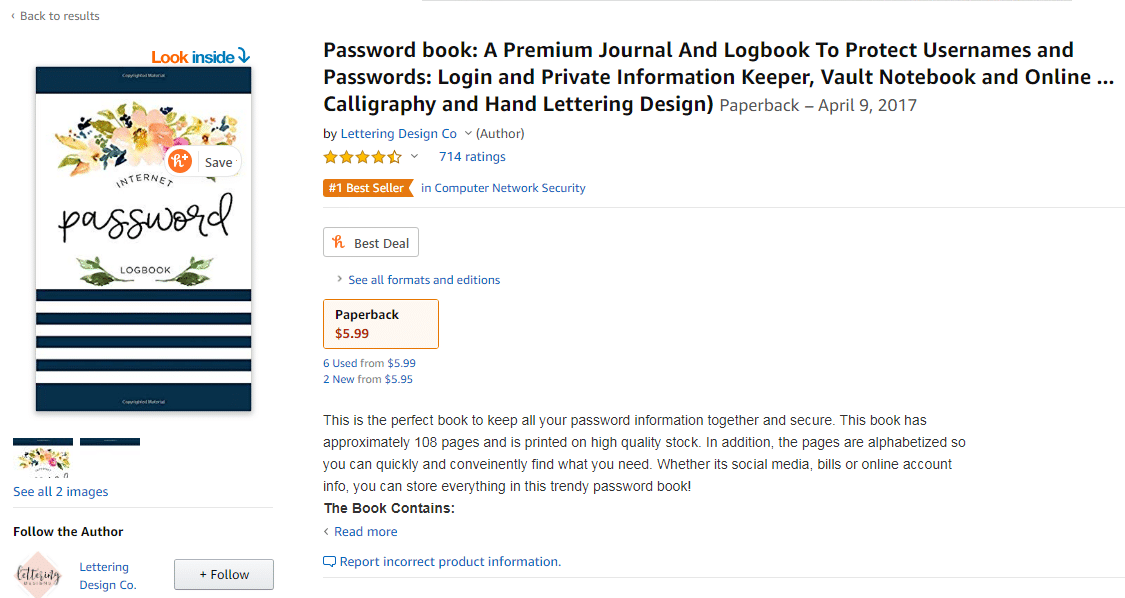
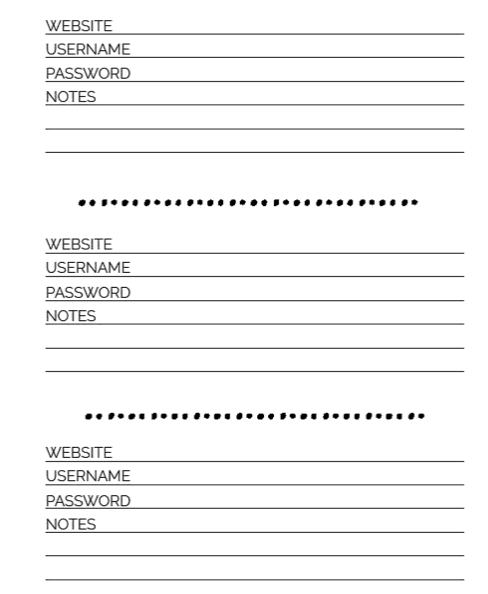

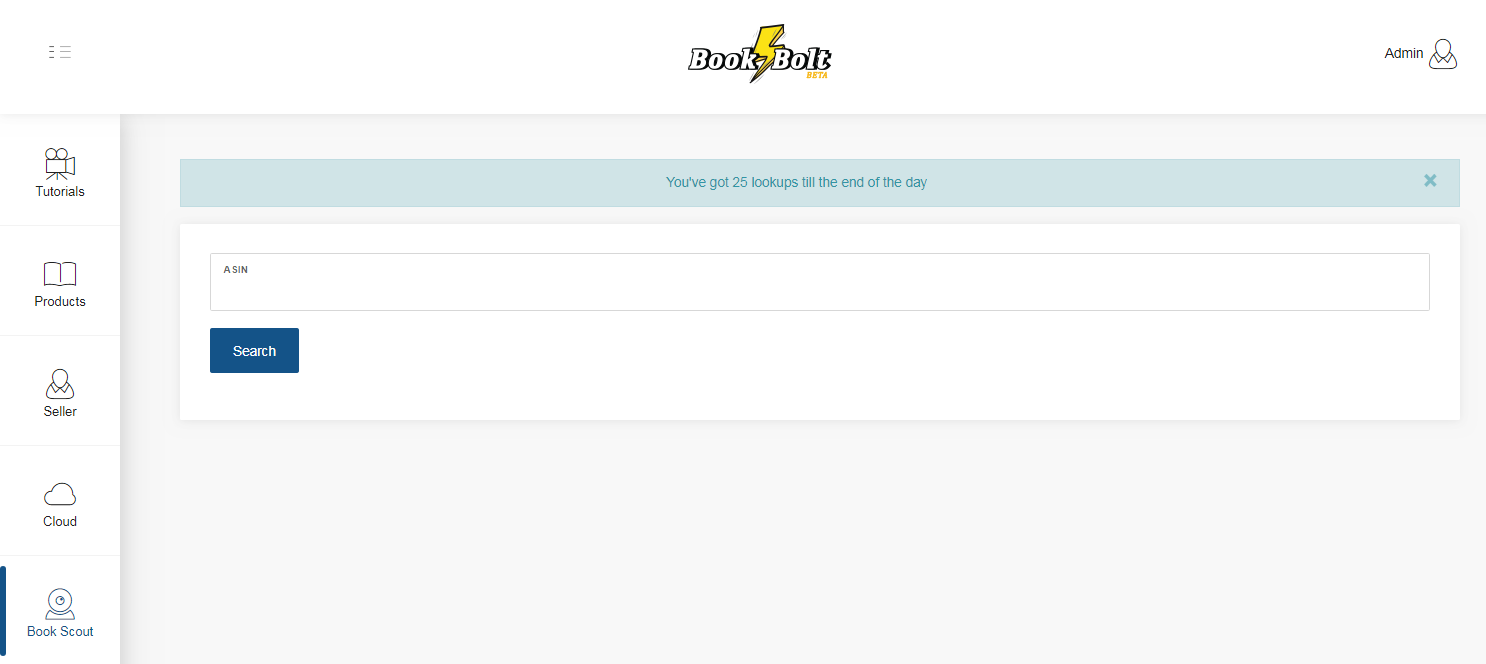
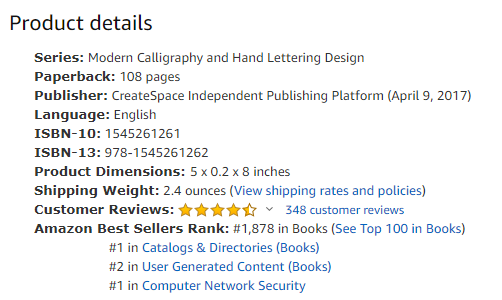
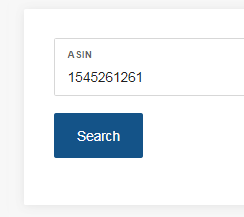



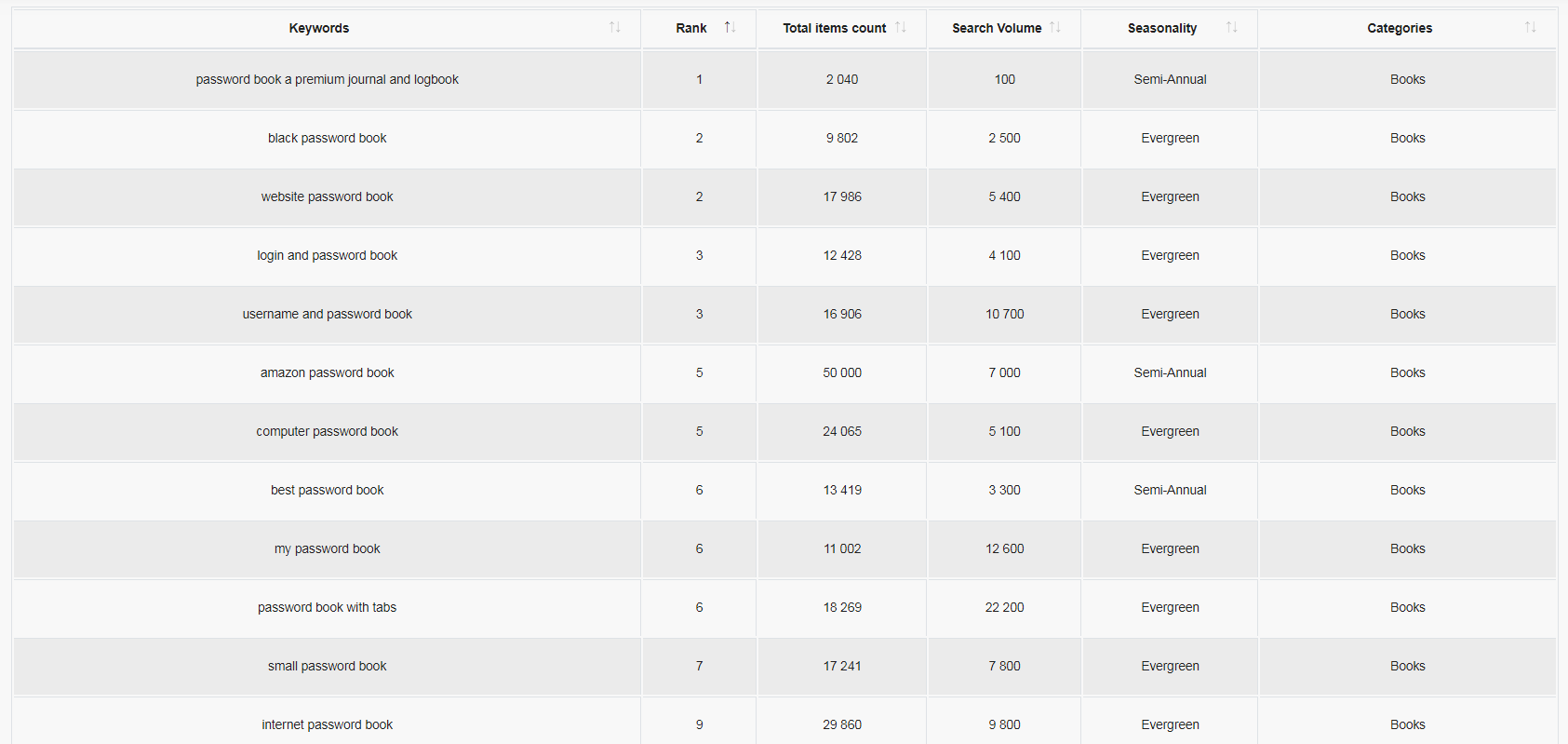


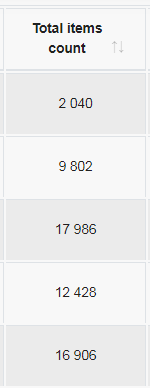

Andrea Polk
Shows “Coming Soon” in my dashboard. I hope soon means today or tomorrow since the email arrived this morning announcing it!
Neil
I may have jumped the gun by a few when I posted it, it’s up!
Andreas Lindenberg
Great news! Neil, would it be advisable to go back to our already published books and use Book Scout?
Neil
You can always revisit books you have up and change them around, but I would allow them a few weeks live to see if you can get some organic sales and then tweak them from there!
Rian
Book Scout shows on my Bolt Dashboard and I have tested – super fast results. How exciting!
Steve Hunter
Fantastic addition to Book Bolt, it works like a million dollars. Thanks so much for including it in my subscription!
Brian
I only get search volume, rank, and total items after the keywords when I use Book Scout. Has something changed since this post was written or am I just missing something?
Neil
We removed the category column as that is not automatic in the back end (everything is in books), and the seasonality we may bring back at a later time once we iron out some details there!
Francesco
Ok, but If the niche is Cat Coloring Book, I use that keyword as Title. Where do you suggest using the best seller ranking keywords founded with book scout? In the 7 kws field? Thanks!